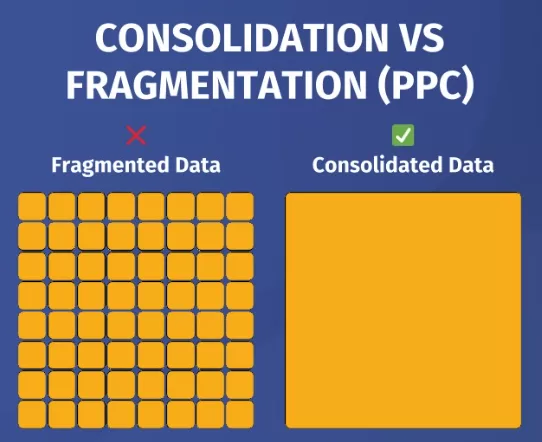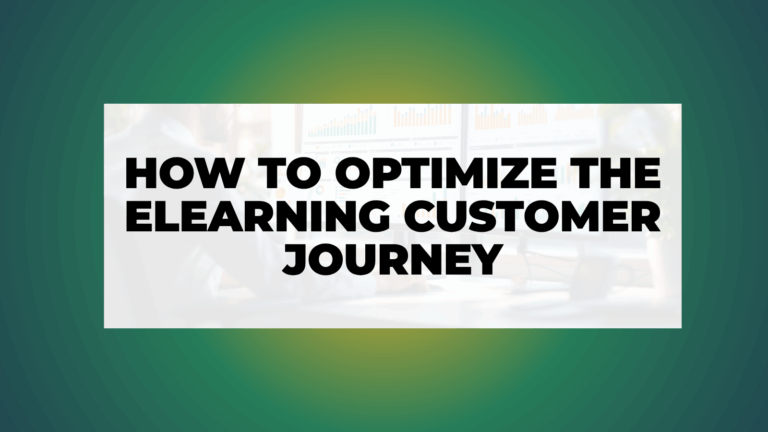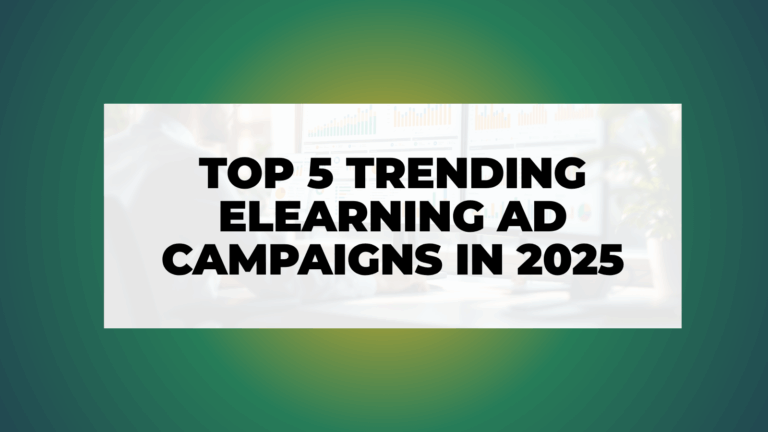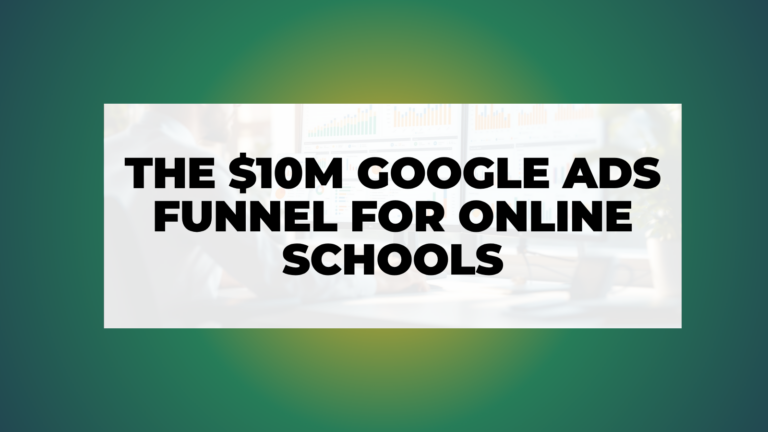Managing Google Ads on an enterprise level is complex. Enterprise PPC accounts mean juggling massive budgets, multiple regions, diverse product lines, and advanced approaches.
Here’s a quick breakdown of the key challenges and solutions:
| Challenges | Solutions |
| Handling Large Data Sets Separate Google Ads accounts for markets, product lines, and brands creates complexities in how to put it all together to track performance. | Consolidate conversions on an MCC level (Google Ads manager account) instead of individual accounts and use a centralised data warehouse for reporting. |
| Cross-Channel Ad Alignment Applying brand guides across ad formats (text search ads, banners, video ads) and campaigns remains a challenge. | Invest in developing consistent messaging, meaning, and relevance across all ad formats and campaigns. |
| Budget Management Making sure the allocated budget is used and utilised thoughtfully remains a challenge across campaign types and product selection. | Use shared campaign budgets to simplify and streamline management. |
| Scaling Campaigns Just adding more budget stops working at a certain scale creating waste and diminishing returns. | Consolidate campaigns, assets and ads, and let bidding algorithms do the heavy lifting. |
Key Takeaway:
Success at the enterprise level isn’t just about increasing ad spend—it’s about clean data, relevant creatives, and structured execution.
Managing Enterprise PPC Campaigns on Google Ads
Running PPC campaigns at an enterprise level requires a mix of technical, platform specific know-how and strategic planning. With multiple campaign types, budgets, and products in play, keeping everything aligned while driving results is usually a challenge.
Let’s break down how to scale accounts effectively without sacrificing performance.
How to Scale Google Ads PPC Campaigns: Consolidation is the Key
Scaling PPC campaigns today isn’t about creating more campaigns for each product line—it’s about consolidating them.
In the past, advertisers had to split campaigns by device, audience segment, or geographic location to maintain control. But with auto-bidding and machine learning, that approach now does more harm than good.
Why?
- Splitting campaigns limits or confuses the performance data for bidding algorithms to learn from.
- It complicates management, leading to inefficiencies, wasted spend, and wasted time
- It prevents auto-bidding from optimizing across all available signals, reducing your ability to scale effectively.
Instead of breaking things down into tiny, isolated pieces, organize your assets into communication themes and buckets.
1. Consolidate Ad Campaigns for Stronger Bidding Performance
Instead of: Running separate campaigns for different devices, audience segments, or locations…
Do This: Merge them into fewer, broader campaigns so bidding algorithms can optimize across all available signals to deliver on the desired return on ad spend (ROAS).
Example:
- Old approach: Separate campaigns for mobile vs. desktop for the same set of keywords and audiences.
- New approach: One unified campaign with communication themes that allows auto-bidding to adjust bids dynamically based on user behavior.
2. Unify Conversion Tracking at the MCC Level
If you’re managing multiple ad accounts for different markets, brands or product lines, don’t track key conversions (like purchase) separately in each account! Instead, consolidate all conversions under one shared conversion event at the MCC level.
Why?
- Not only it improving data consistency, it extrapolates learning your gained to each new account making performance more predictable.
- It allows building a unified report for stakeholders and C-level managers to track results across all brands and regions.
3. Use Shared Budgets & Shared Bidding Strategies
Where possible, enable shared budgets and shared bidding strategies to let the system allocate spend based on real-time performance.
Why?
- Ensures that high-performing campaigns get more budget automatically.
- Reduces manual adjustments, making scaling faster and easier.
- Most importantly, it creates another shared asset for bidding algorithm to learn from making performance more predictable.
4. Consolidate Low-Volume Products & Keywords
For products and keywords with less than 3,000 impressions per week, consolidation is key.
Instead of running multiple small ad groups (let alone campaigns):
- Group low-volume products and keywords into ad groups.
- Use Keyword Final URL as the destination instead of setting the Final URL in the ad level.
- Use ad customisers to make ads relevant when low-volume keywords are triggered.
Why?
- Enables performance tags (low, good, best) in your ads to appear.
- Allows Google to dynamically adjust bids based on your ROAS and CPA targets.
- Simplifies the account and primes it for scaling.
5. Use Dynamic Ad Customizers for Better Relevance
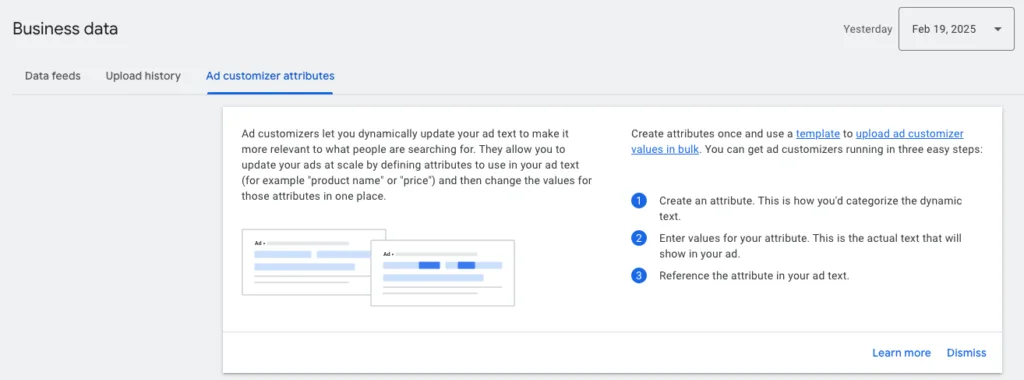
When consolidating low-volume product keywords, one concern is keeping ads relevant across different products, services, or audience needs. Instead of creating separate ad variations for every scenario, use dynamic ad customizers to make your ads highly relevant while benefiting from large-scale automation.
What Are Dynamic Ad Customizers?
Dynamic ad customizers allow you to insert real-time, tailored content into your ads based on a user’s search query, location, device, or other variables—without creating multiple ad versions.
Bottom line: When in doubt – consolidate!
The biggest shift in PPC scaling today is trusting the algorithm and knowing how to structure accounts to let it do its job. In AI driven world your focus should switch to providing clean, consolidated data and let auto-bidding optimize at scale.
- Consolidate campaigns by communication themes, not keywords, match types, or other things.
- Consolidate conversions at the MCC level instead of using separate conversions for each account.
- Use shared budgets and bidding strategies to maximize performance making it predictable across campaigns.
- Learn how to allow Google’s AI to optimize across devices, locations, and audiences without restrictions.
By doing this, you remove the barriers that slow growth of your enterprise Google Ads account and set your campaigns up for scaling and efficiency.
Need help? Reach out to us to us at nn.partners to request a free account audit to unlock data-driven growth for your business.

